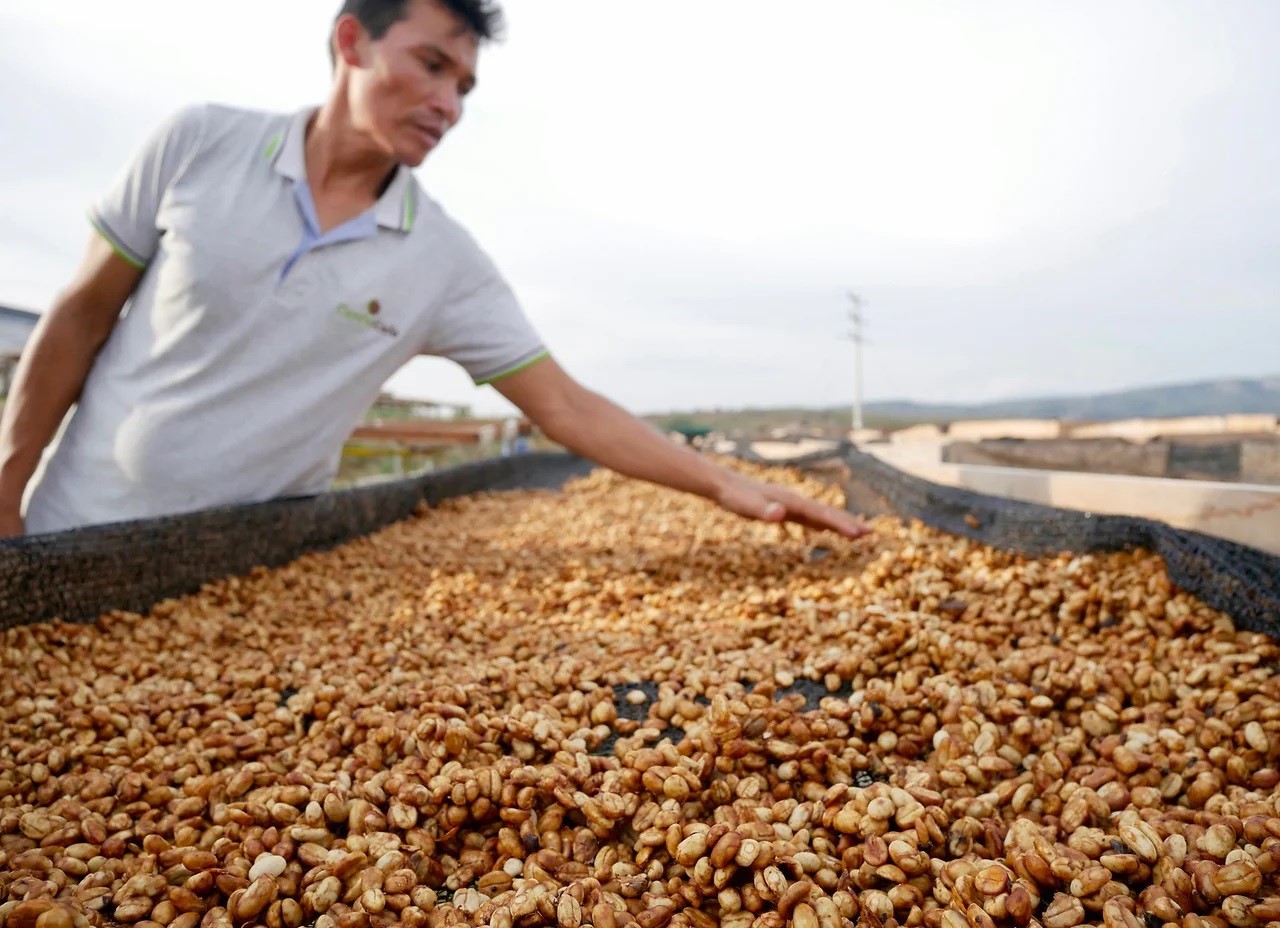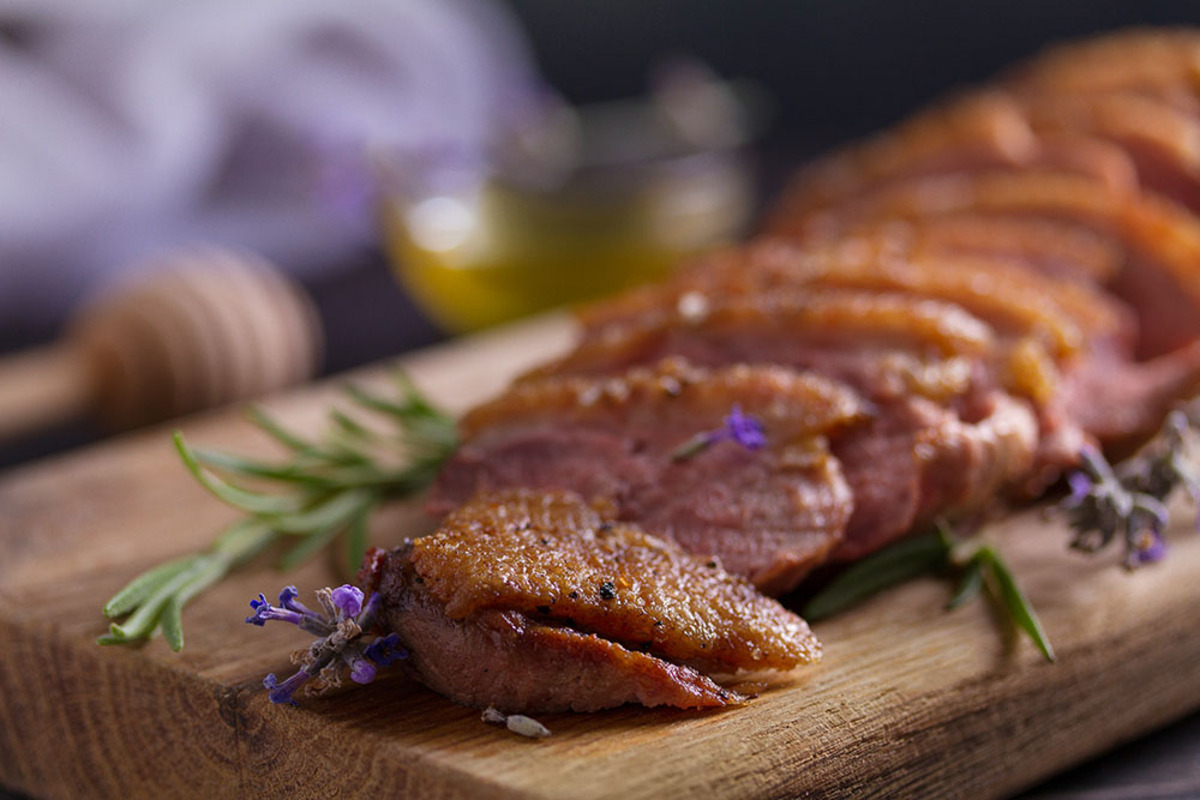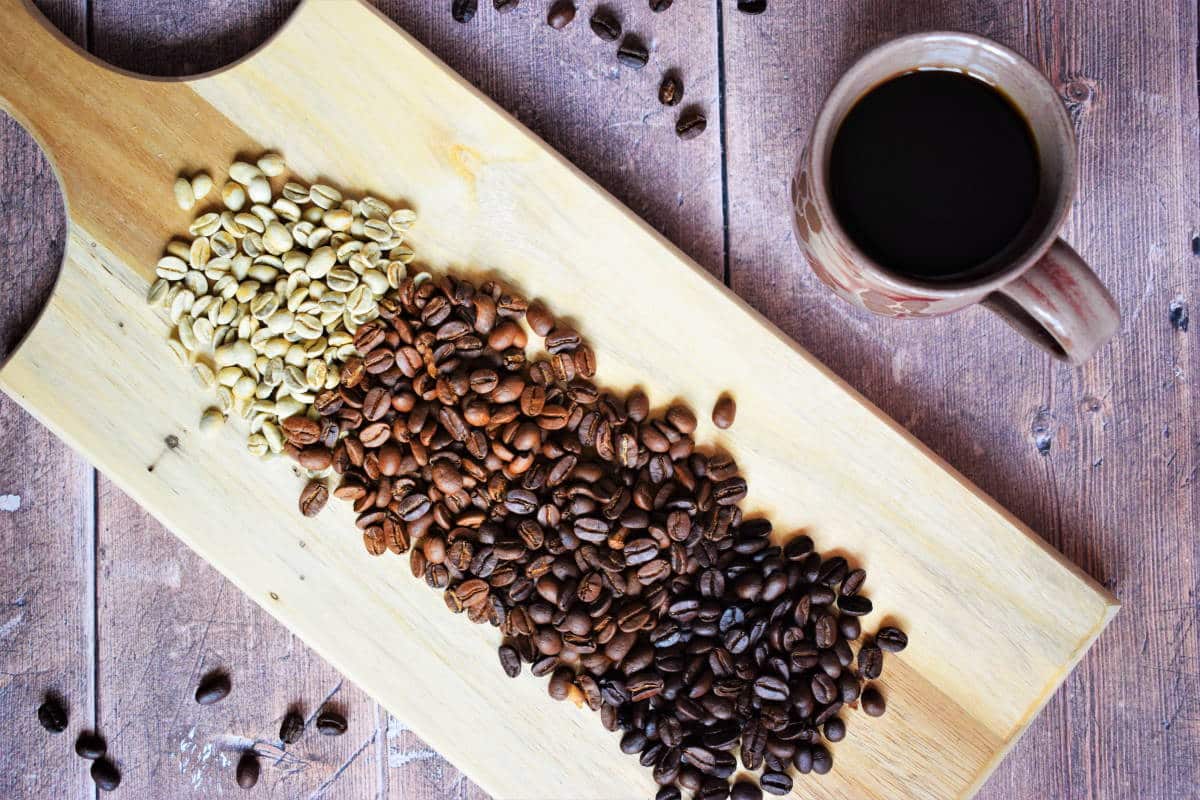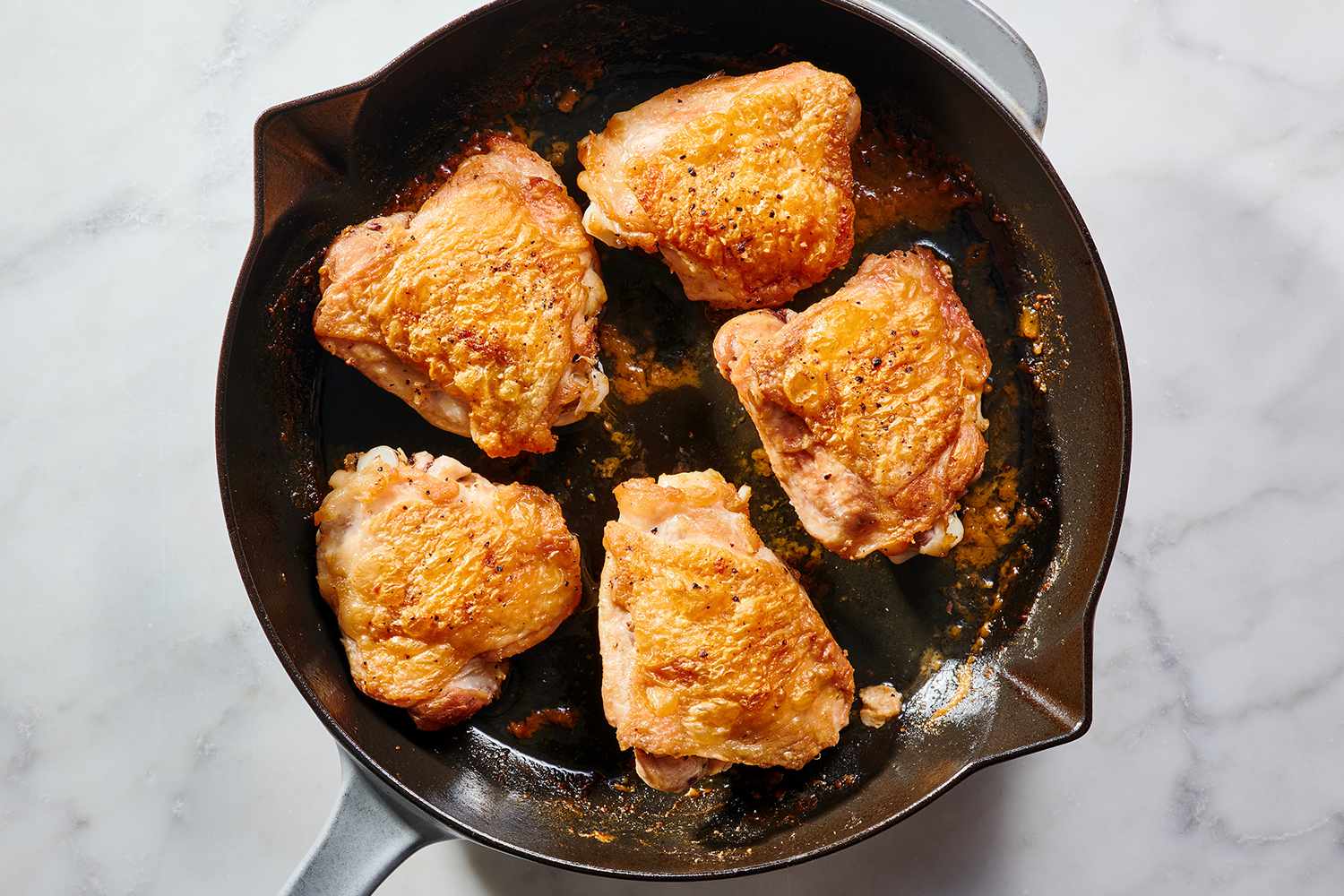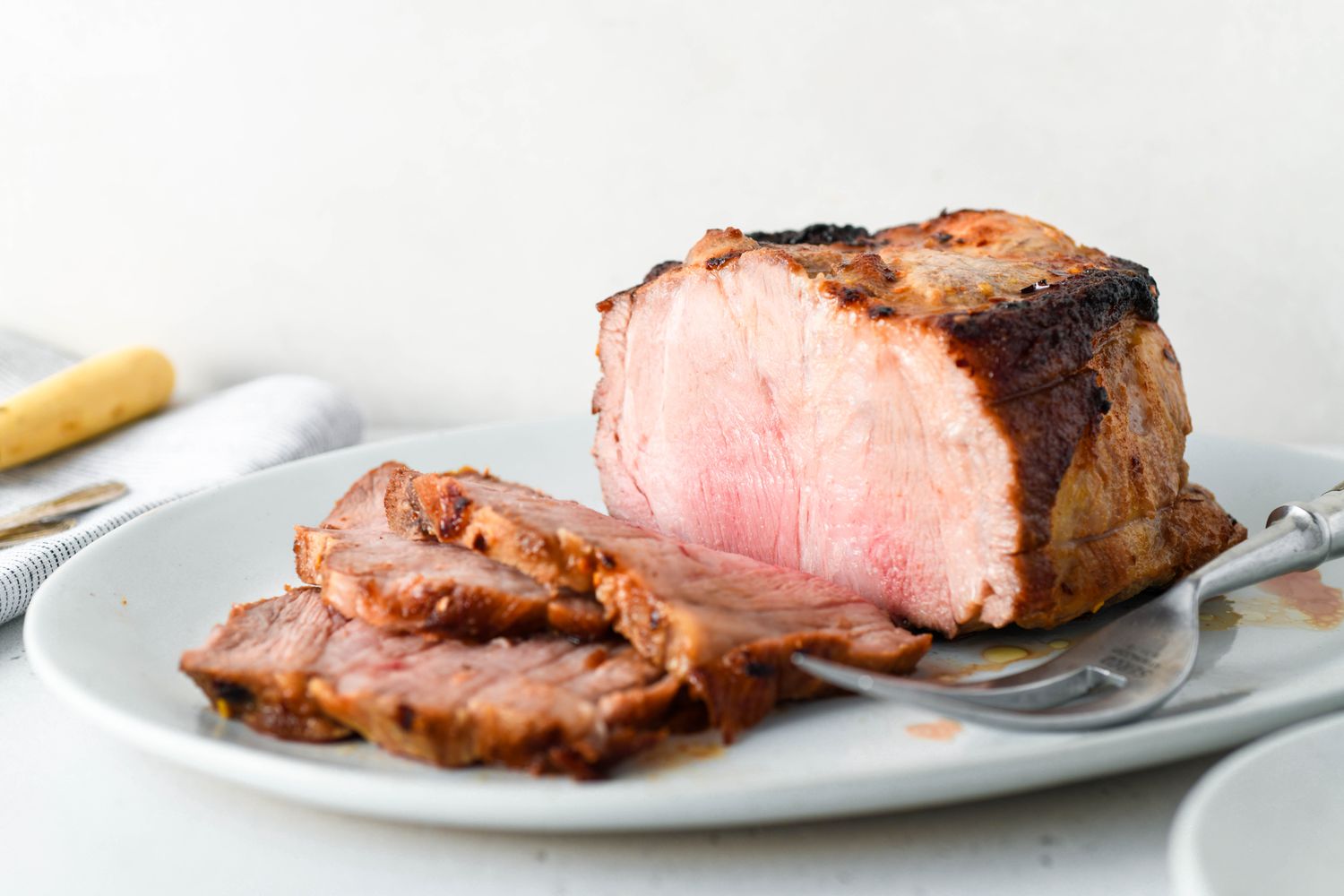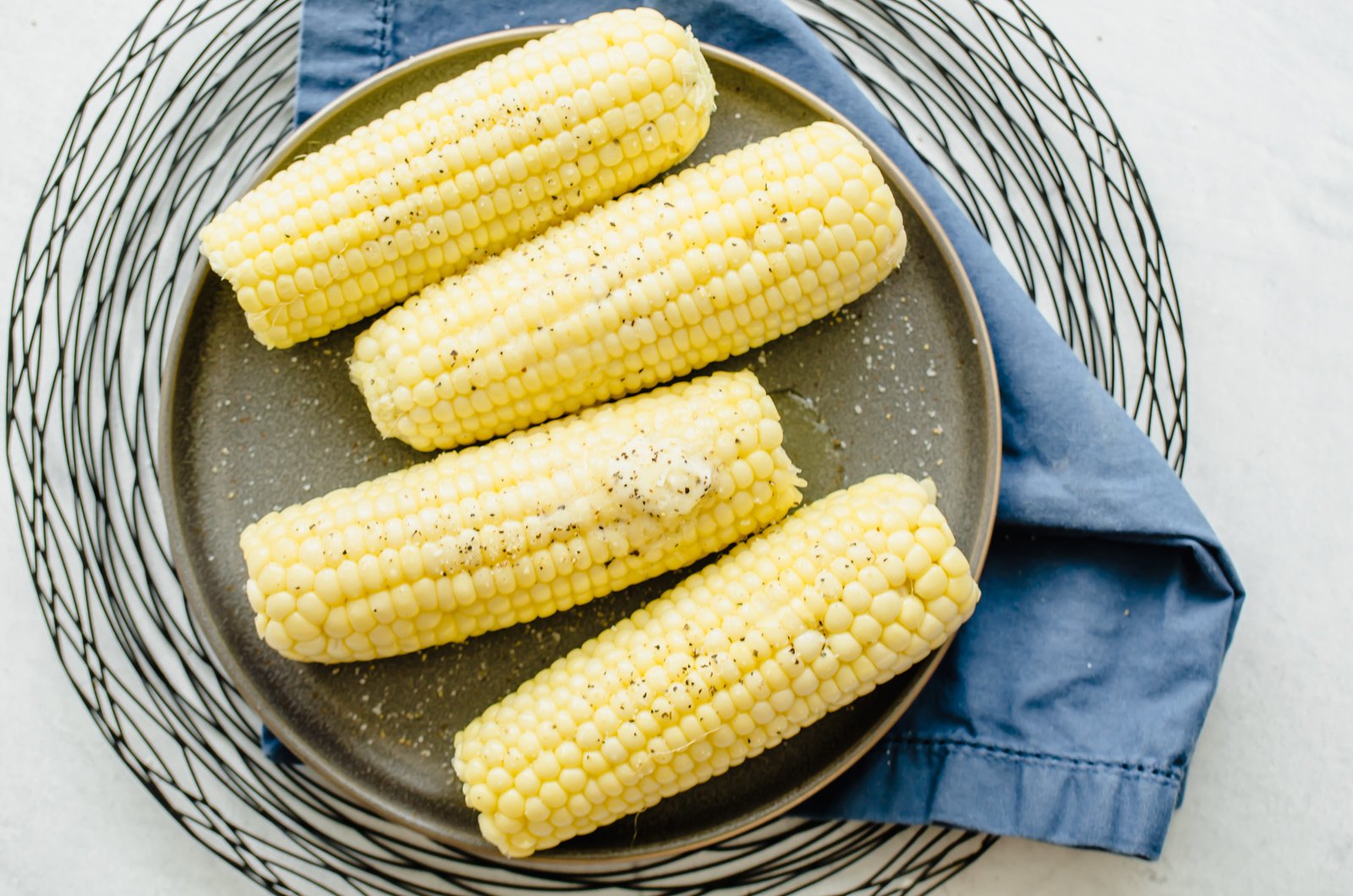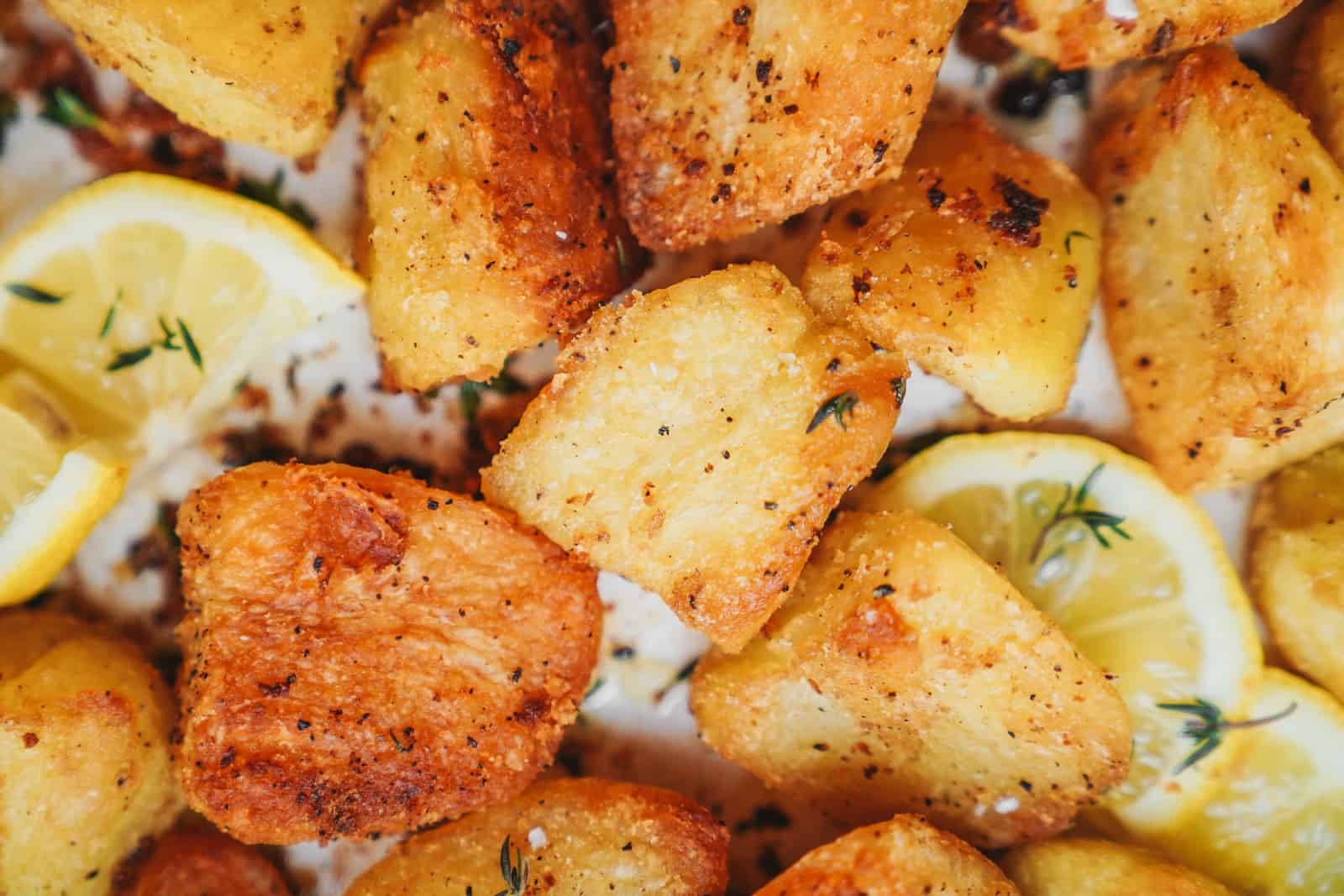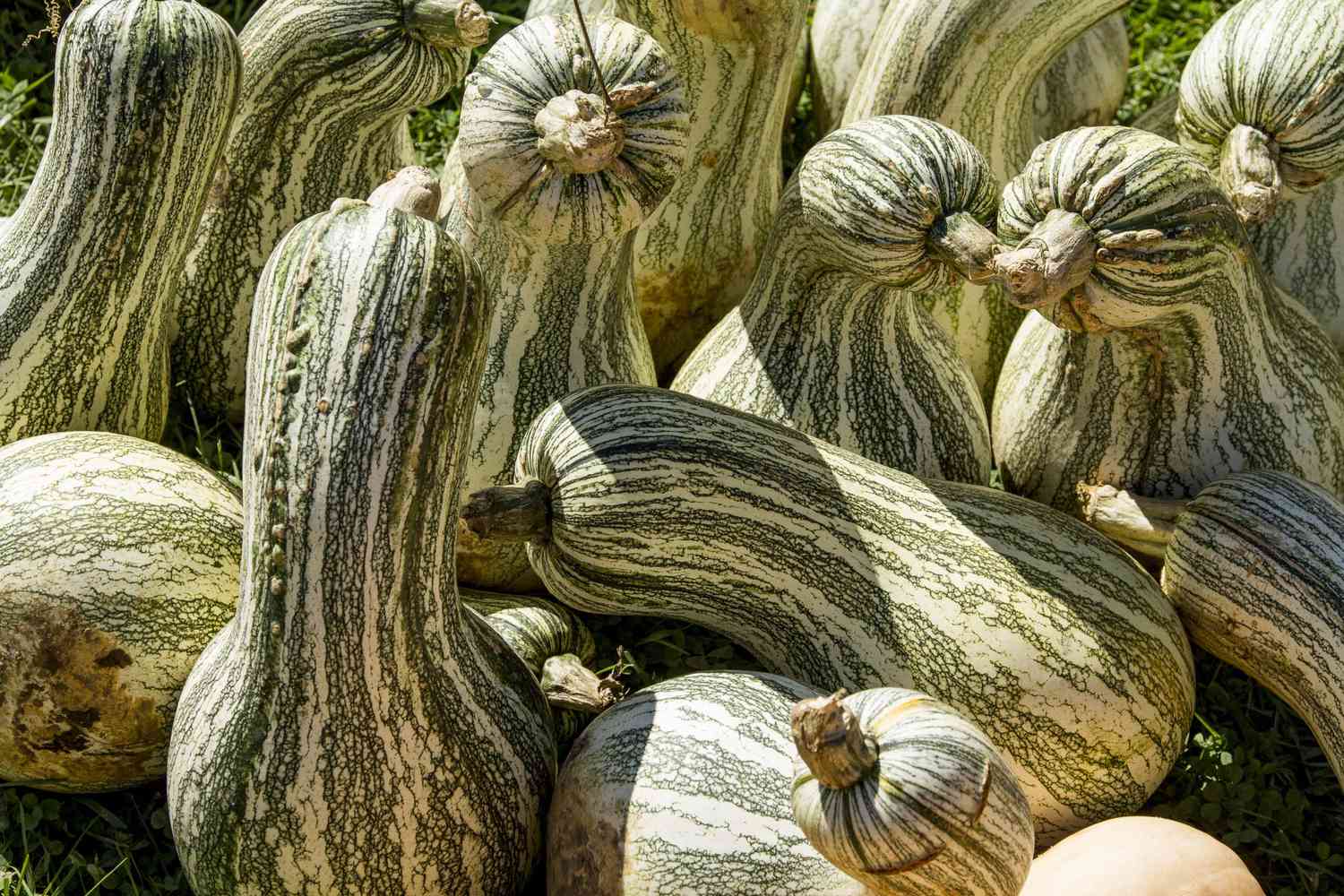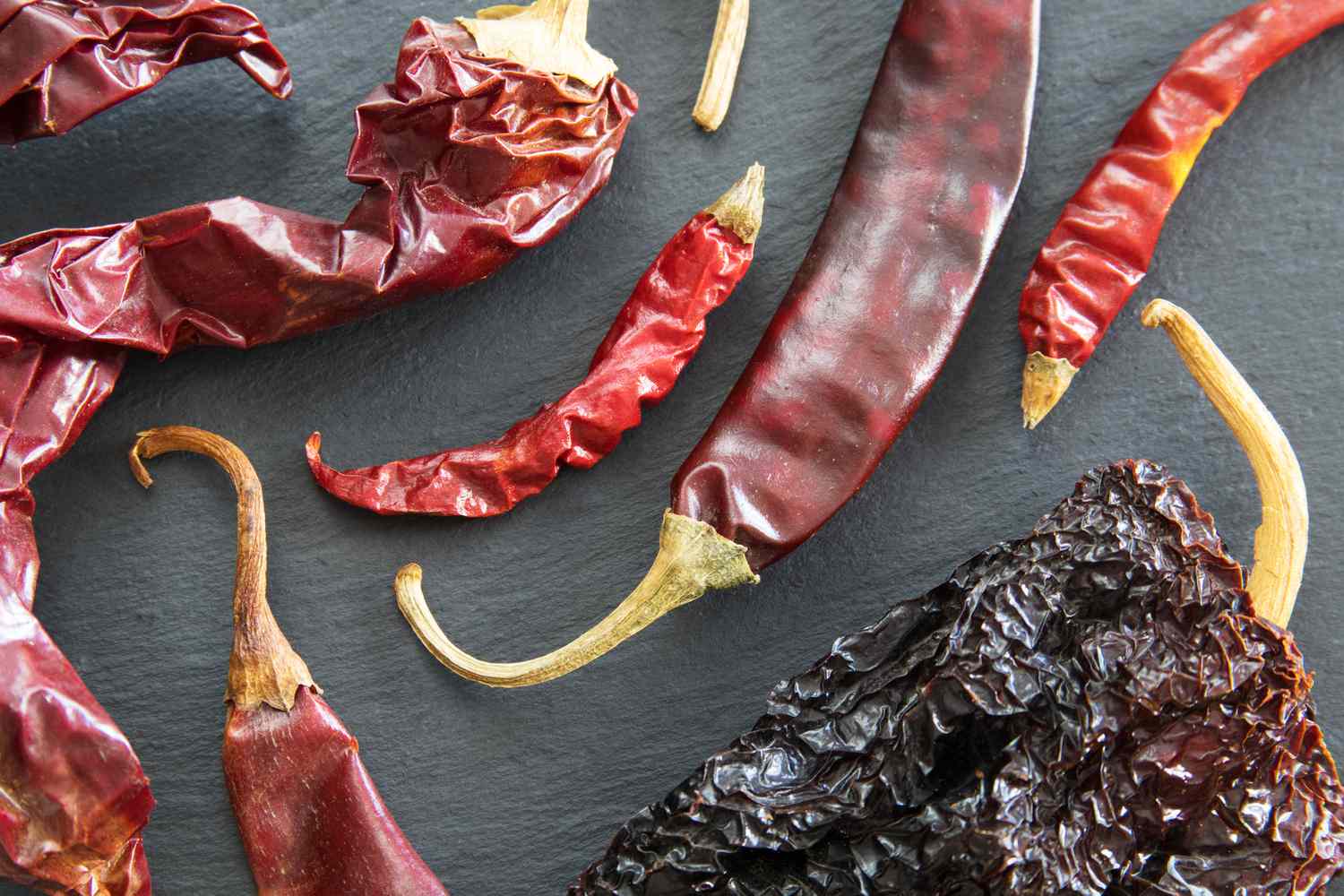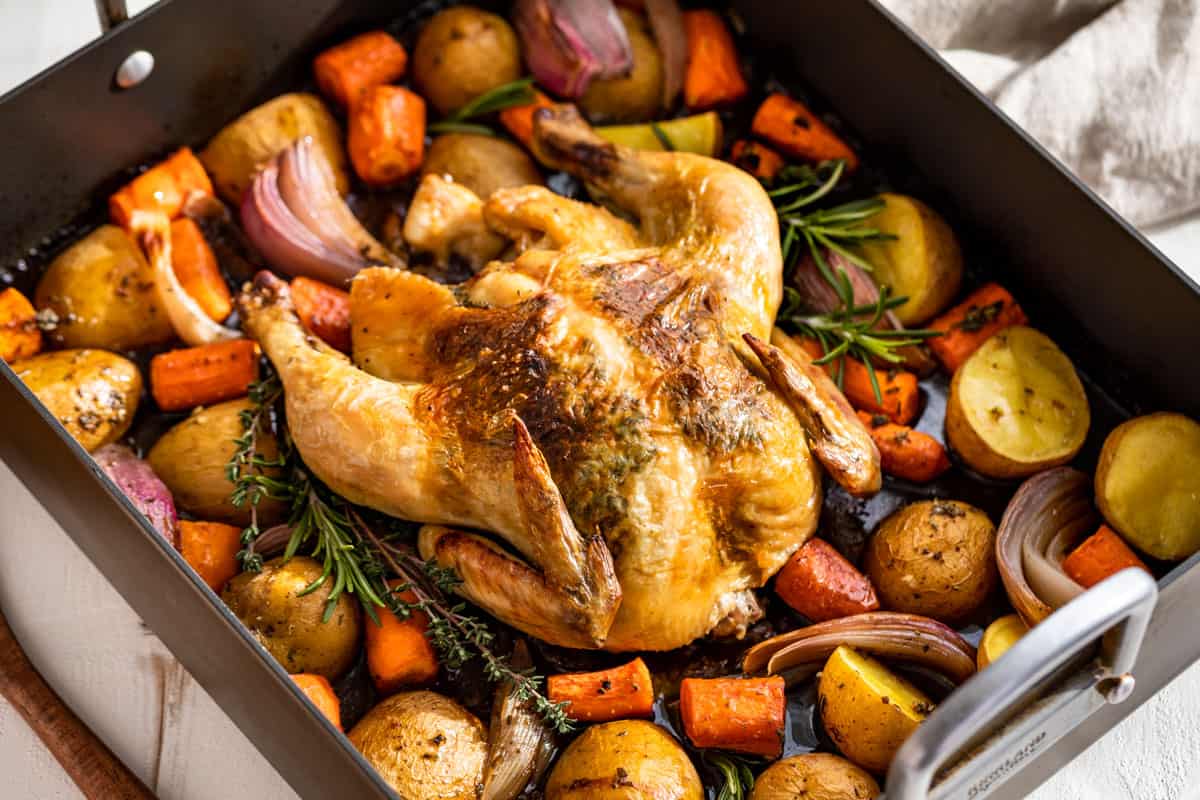Step-by-Step Guide on How to Roast Cocoa Beans
Roasting cocoa beans is an essential step in the process of making chocolate. It brings out the rich, complex flavors and aromas that we all love. If you’re a chocolate enthusiast or simply curious about the art of chocolate making, roasting cocoa beans at home can be a fun and rewarding experience. In this guide, we’ll walk you through the steps to roast cocoa beans to perfection.
What You’ll Need
Before you get started, gather the following supplies:
- Raw cocoa beans
- Baking tray
- Oven
- Oven mitts
- Cooling rack
Step 1: Preheat the Oven
Preheat your oven to 275°F. It’s important to use a low temperature to avoid scorching the cocoa beans.
Step 2: Prepare the Cocoa Beans
Spread the raw cocoa beans in a single layer on a baking tray. Make sure the beans are evenly distributed for uniform roasting.
Step 3: Roast the Cocoa Beans
Place the baking tray with the cocoa beans in the preheated oven. Let them roast for 10-15 minutes, stirring occasionally to ensure even roasting. Keep a close eye on the beans to prevent them from burning.
Step 4: Check for Doneness
After 10 minutes, start checking the cocoa beans for doneness. They should emit a rich, chocolatey aroma and develop a slightly glossy appearance. The beans will also crack as they roast, releasing their inner nibs.
Step 5: Cool the Roasted Cocoa Beans
Once the cocoa beans are roasted to perfection, carefully remove them from the oven using oven mitts. Transfer the beans to a cooling rack and allow them to cool completely. This step is crucial for locking in the flavors.
Step 6: Remove the Husks
After the roasted cocoa beans have cooled, it’s time to remove the husks. You can do this by gently cracking the beans and separating the nibs from the husks. This process is known as winnowing and will leave you with the precious cocoa nibs ready for further processing.
Final Thoughts
Roasting cocoa beans at home is a delightful way to connect with the origins of chocolate and explore the nuances of flavor that come from the roasting process. Once you’ve mastered the art of roasting, you can use your roasted cocoa beans to make homemade chocolate, cocoa powder, or even add them to baked goods for a decadent touch. Enjoy the journey of roasting cocoa beans and savor the delicious results!
With this step-by-step guide, you’re now equipped with the knowledge to roast cocoa beans like a pro. Get ready to indulge in the rich, aromatic flavors of freshly roasted cocoa beans!
Was this page helpful?
Read Next: How To Roast Cocoa Beans To Make Nibs
